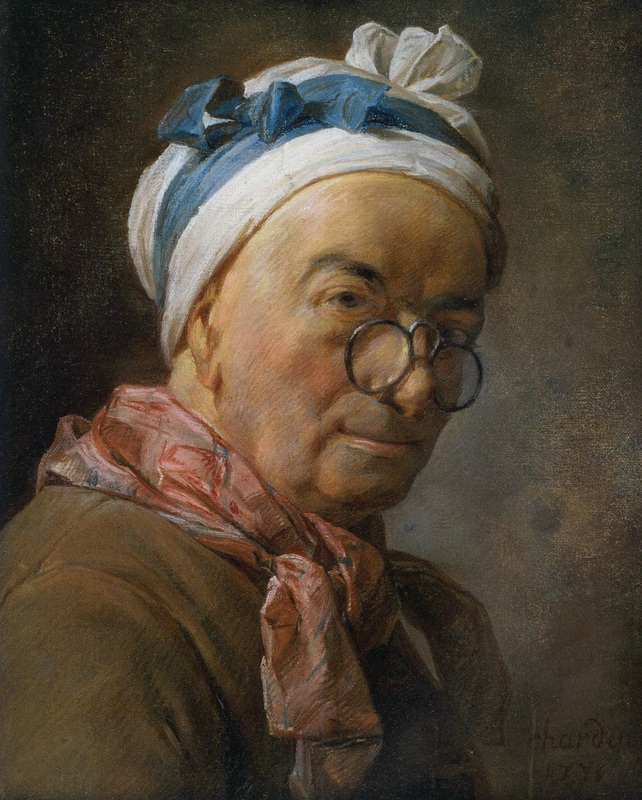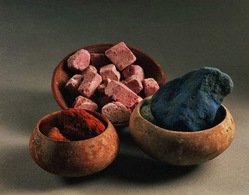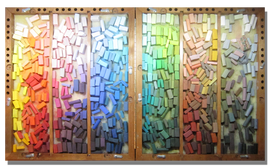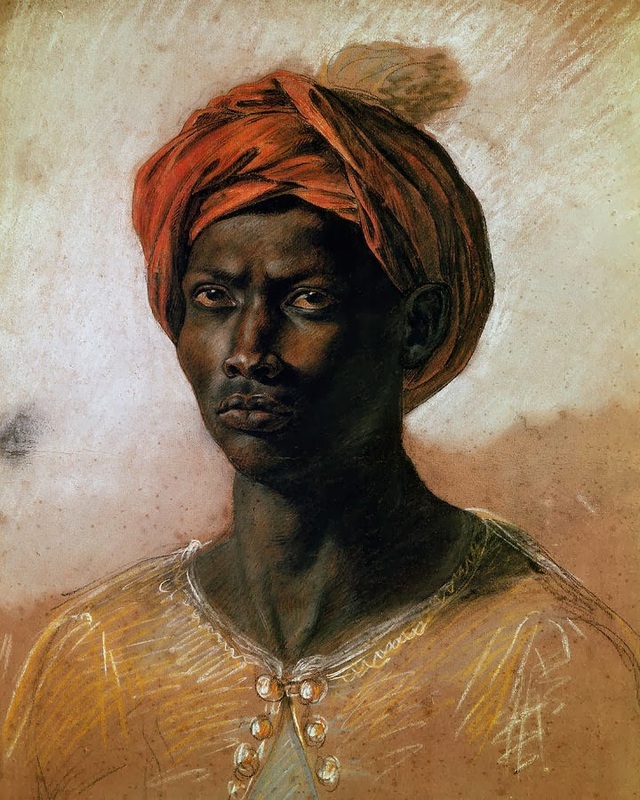What is Pastel?
History of PastelsPastels have been in use since the Renaissance. They were first mentioned by Leonardo da Vinci in 1495, documenting his recipe for pastel using the word "pastello", which means “paste” in Italian.
During the 18th century the medium became very popular in Europe, especially in France. It was very fashionable for the aristocracy to have their portrait painted in "pastiche", the French word for pastel up until the French Revolution. The medium reached the American shores during the 18th century and initially only had an occasional use in portraiture however in the late nineteenth century, pastel became accepted in modern and contemporary art because of the medium's broad range of bright colors. In recent years, products available to pastel artists have increased dramatically in quality. Today, pastel paintings have the stature of oil and watercolor as a major fine art medium. Many of our most renowned living artists have distinguished themselves in pastel and have enriched the art world with this beautiful medium. |
|




